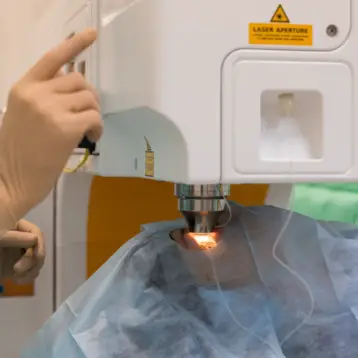|
The HIV is an enveloped virus, a virus that has its own membrane, which is similar to our cells’ membrane. This membrane is composed of two layers of fatty acids facing each other, and of cholesterol molecules and proteins. These proteins docked to the outer membrane have a variety of functions, including allowing cells to transfer information between them, and the virus’s ability to dock a specific cell. Our story begins after a virus has already attached itself to the outer-membrane of a T-cell (a white blood cell).
After a virus attaches itself to its host cell, their membranes are fused and then the virus’s RNA (a molecule carrying genetic information, similar to DNA) is transferred to the host cell. The membrane is somewhat rigid and hardly allows any other membrane to fuse with it. In research conducted by Stephanie Tristram-Nagle and John F. Nagle of Carnegie Mellon University, Pittsburgh a viral protein, which enables this fusion was identified. The absence of this protein makes it 3-13 times less likely that the fusion will take place. The viral protein essentially bends the cell’s membrane, making it easier for the fusion to take place.
The peptide (a part of a protein) named FP-23, is the component in charge of this bending. It has been known that the FP-23 has something to do with the fusion and that a mutated peptide reduces the fusion rates, but the specific mechanism had not been understood until now. The scientists used X-Ray imaging to quantify structural properties of a bilayer membrane, similar to the cell’s membrane. They measured the membrane’s stiffness and thickness with varying amounts of the FP-23 peptide. The measurements showed that the FP-23 made the membrane more bendable, creating the energy needed for the fusion to take place low.
In practice, by identifying the role of FP-23 the researcher’s revealed another key component in the HIV infection process. This new component can be targeted by new drugs that may help us deal with the virus before the infection takes place. If scientists will succeed in eliminating the abilities of FP-23, transfer of the virus between people and between ones T-cells may be prevented. The deciphering of the role of FP-23 improves our understanding of the virus’s infection methods and will hopefully help us prevent AIDS in the future.
More information on the FP-23 protine can be found on the Carnegie Mellon website.










